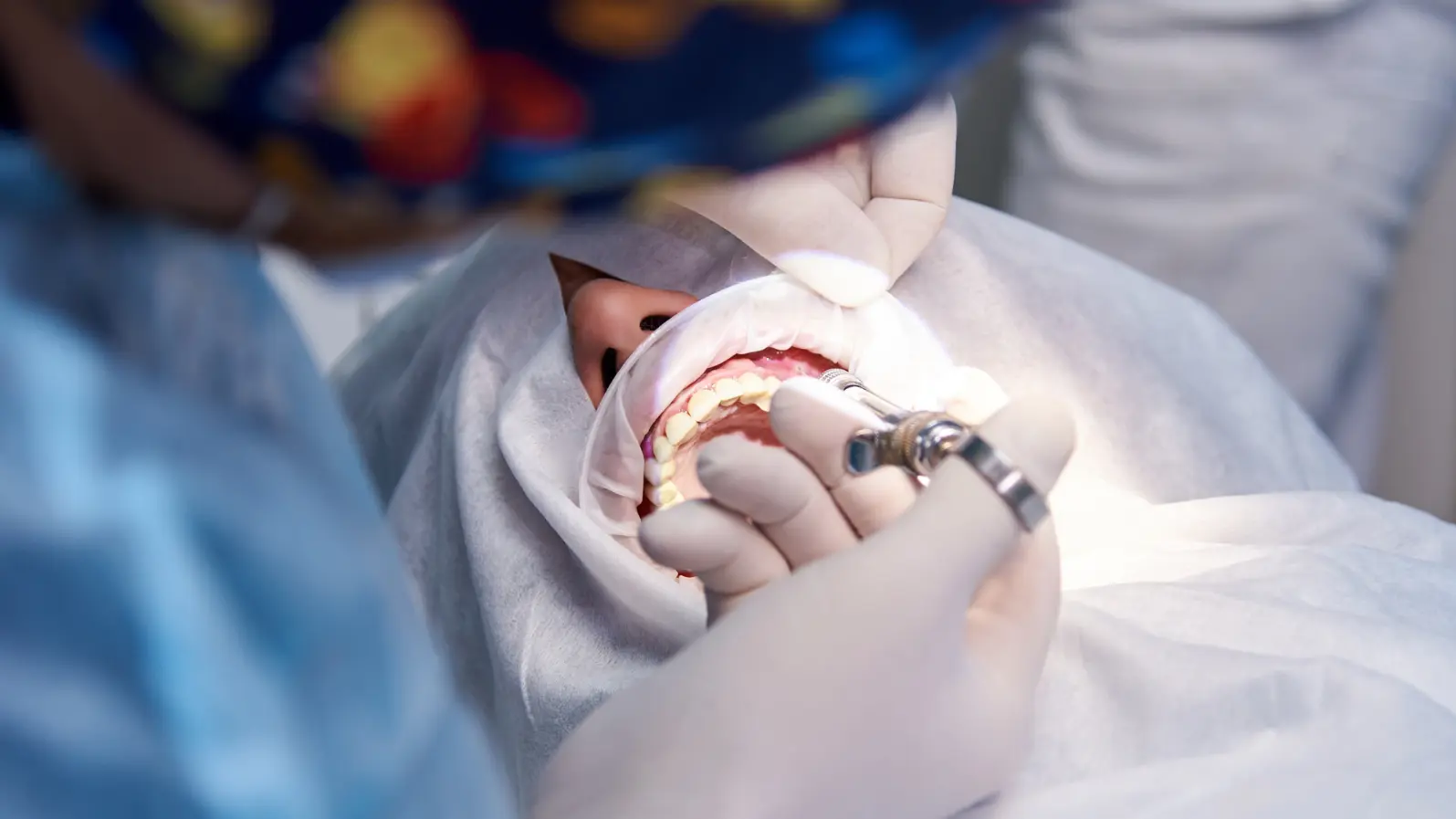
Training the First Responders: Why Physical Education Graduates Need Better Dental Trauma Knowledge
When Sports Meet Smiles
Sports bring energy, discipline, and teamwork—but they can also bring unexpected injuries. While most people think of sprained ankles or concussions, dental trauma is a silent and often neglected risk, especially in high-impact activities like martial arts or ball games.
A new study published in BMC Oral Health (DOI: 10.1186/s12903-025-06806-5) by Fahimeh Pakravan and colleagues from Isfahan University of Medical Sciences sheds light on how well physical education (PE) graduates—the people most likely to be present during sports injuries—understand how to handle dental emergencies.
Their findings reveal a crucial gap between awareness and action, suggesting that many future coaches and sports educators are not yet ready to manage tooth-related injuries effectively.
Understanding the Problem
Traumatic dental injuries (TDIs) can have lifelong consequences—both functional and psychological. A broken or lost front tooth doesn’t just affect a person’s ability to eat or speak; it can also damage confidence and social interaction, especially among young athletes.
Although protective tools like mouthguards and helmets have become more common in professional sports, they are still underused in amateur settings, where most incidents occur. Here, PE instructors and coaches often act as the first responders—yet they rarely receive formal training in dental first aid.
The Study at a Glance
The researchers conducted a cross-sectional survey involving 206 physical education graduates in Isfahan, Iran. Participants, who held bachelor’s to doctoral degrees, answered a 12-question validated survey assessing both their knowledge and self-reported performance in handling dental trauma.
Key findings include:
Moderate awareness overall: Average total score 9.7 out of 20.
Only 15% knew the correct procedure for tooth replantation after avulsion.
Higher education level and prior trauma experience significantly improved performance.
Martial arts participants scored higher than those in other sports.
Formal training made a difference: Those who had attended educational sessions on dental trauma achieved notably better results.
Gender and general sports experience, interestingly, were not significant predictors of dental emergency competence.
Why This Matters
Quick and correct action after dental trauma—especially avulsion (when a tooth is knocked out)—can make the difference between saving or losing a tooth. The study highlights that even basic knowledge, such as storing an avulsed tooth in milk or saline rather than tap water, can greatly improve outcomes.
Because PE instructors, referees, and coaches are often the first people on the scene, their preparedness is essential for minimizing long-term consequences.
Towards Better Training and Curriculum
Pakravan and colleagues argue that dental emergency management should become part of sports education curricula. Integrating modules on oral first aid, using visual and scenario-based learning, and including it in certification requirements could strengthen response capacity in real-world settings.
They also advocate for incorporating oral health literacy frameworks, like the Health Literacy in Dentistry (HeLD-14) and Oral Health Impact Profile (OHIP-5), to help future trainers not just know what to do, but understand why it matters.
A Call for Action
This study exposes an important gap at the intersection of dentistry and sports education. Empowering physical education graduates with the right tools and knowledge can make athletic environments safer—and ensure that when the next tooth is knocked out on the field, someone knows exactly what to do.
Reference:
Pakravan F., Yousefian Najafabadi A., Meshkati Z., Nasr Isfahani M. (2025). Enhancing dental trauma management: insights into physical education graduates’ knowledge and performance. BMC Oral Health, 25:1722. DOI: 10.1186/s12903-025-06806-5